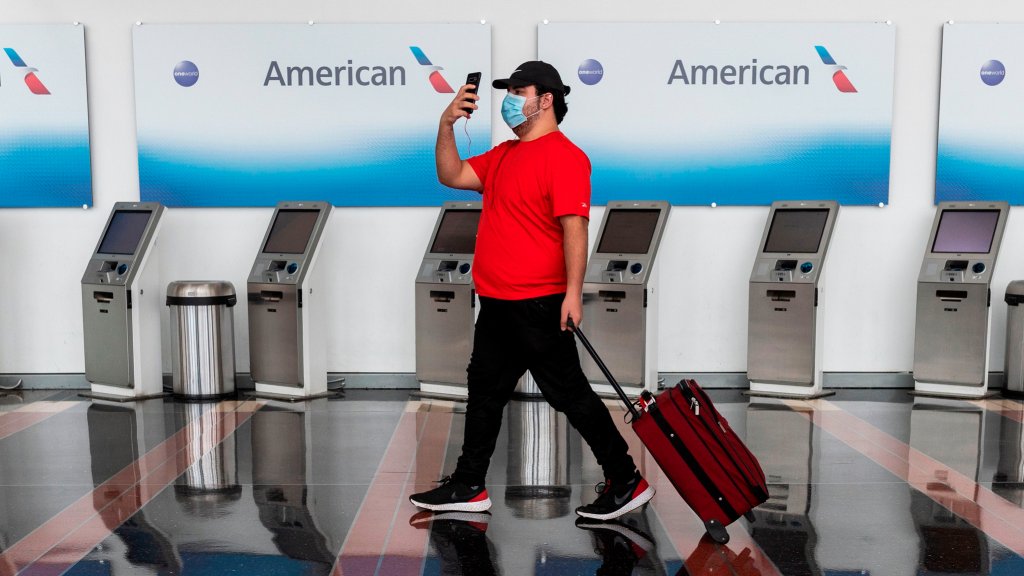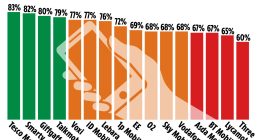
This is a story about American Airlines, $10 billion, and a lesson for every business leader.
It’s the kind of thing I cover in my free ebook, Flying Business Class: 12 Rules for Leaders From the U.S. Airlines, which you can download here.
In short, you’d like to think you understand what business you’re in, wouldn’t you? Well, developments over the last 12 months have shown that American Airlines (and for that matter, United and some others), actually have a very lucrative business besides simply flying people from point A to point B.
It’s something that outsiders might not have understood, and that until recently, the airlines were not eager to discuss in detail.
40 years in the making
I suppose the story begins in 1981, when American Airlines launched what became the second-ever frequent flyer program: AAdvantage.
The airline itself was more than 50 years old at that point, and you can thank the deregulation of the 1970s, and increased competition among airlines, for the program’s development. AAdvantage has grown along with the opportunities in the ensuing decades.
Then, a few years ago, an analyst named Joseph DeNardi started trying to put a price tag on AAdvantage, along with all the other airlines’ frequent flyer programs, arguing that they were so valuable that the airlines ought to consider them as separate entities.
In fact, DeNardi calculated that the airlines likely brought in billions in “marketing revenue” from selling frequent flyer points to banks, so those banks could use them to entice customers to use credit cards.
He calculated that American Airlines could have made $1.15 billion from these programs in the first half of 2018, leading the industry. United Airlines made $962 million in that same period, he surmised; Delta: $805 million. And so on, through the smaller airlines.
Facing brutal truths
This came up on earnings calls with airline executives at the time, including American Airlines CEO Doug Parker. Let’s just say the airlines disagreed with the premise.
But then came the pandemic, and the global slowdown in air travel, the most challenging time in the industry in living memory, and an opportunity to face some brutal truths.
This week, we learned more about one of them, when American Airlines did in fact put an implicit price tag on AAdvantage: It announced plans to close $7.5 billion in financing, in the form of bonds and leveraged loans, backed by the loyalty program.
A few days later, there had been so much demand, apparently, that American Airlines revised its filing with the Securities and Exchange commission to reflect that it had increased the transaction to $10 billion.
Worth noting:
- First, the entire market capitalization of American Airlines as of Friday was less than $15 billion,
- Second, American Airlines created a “newly formed Cayman Islands exempted company,” AAdvantage Loyalty IP Ltd. as part of this deal, and
- Third, American’s AAdvantage Investor Presentation, which it had to file with the SEC, reveals that the airline did almost $6 billion in “pro forma cash sales” as a result of AAdvantage in 2019.
I say again: study the airlines
I asked American Airlines for more context on all of this. They declined to share anything more, citing the fact that the deal hasn’t actually closed yet, and noted that Parker will be presenting at the J.P. Morgan Industrials Conference on Monday.
Regardless, the point here isn’t really to assess whether American has priced its loyalty program correctly after 40 years. Instead, as always, it’s to discover the lessons for business leaders in all industries that you can find by studying the airlines.
Here, I think the lesson is existential. I suspect a lot of business owners might realize, if they were enticed to think deeply, that they’ve actually developed more lucrative sidelines than what they originally got into business to do.
It’s good news, really: What’s the asset you’ve created, or the business model you’ve come up with, that actually surpasses what you got into business with in the first place?
Answer that, and you might just find a valuable asset you didn’t even realize you had.
As a reminder, the free ebook is Flying Business Class: 12 Rules for Leaders From the U.S. Airlines.
This article is from Inc.com








